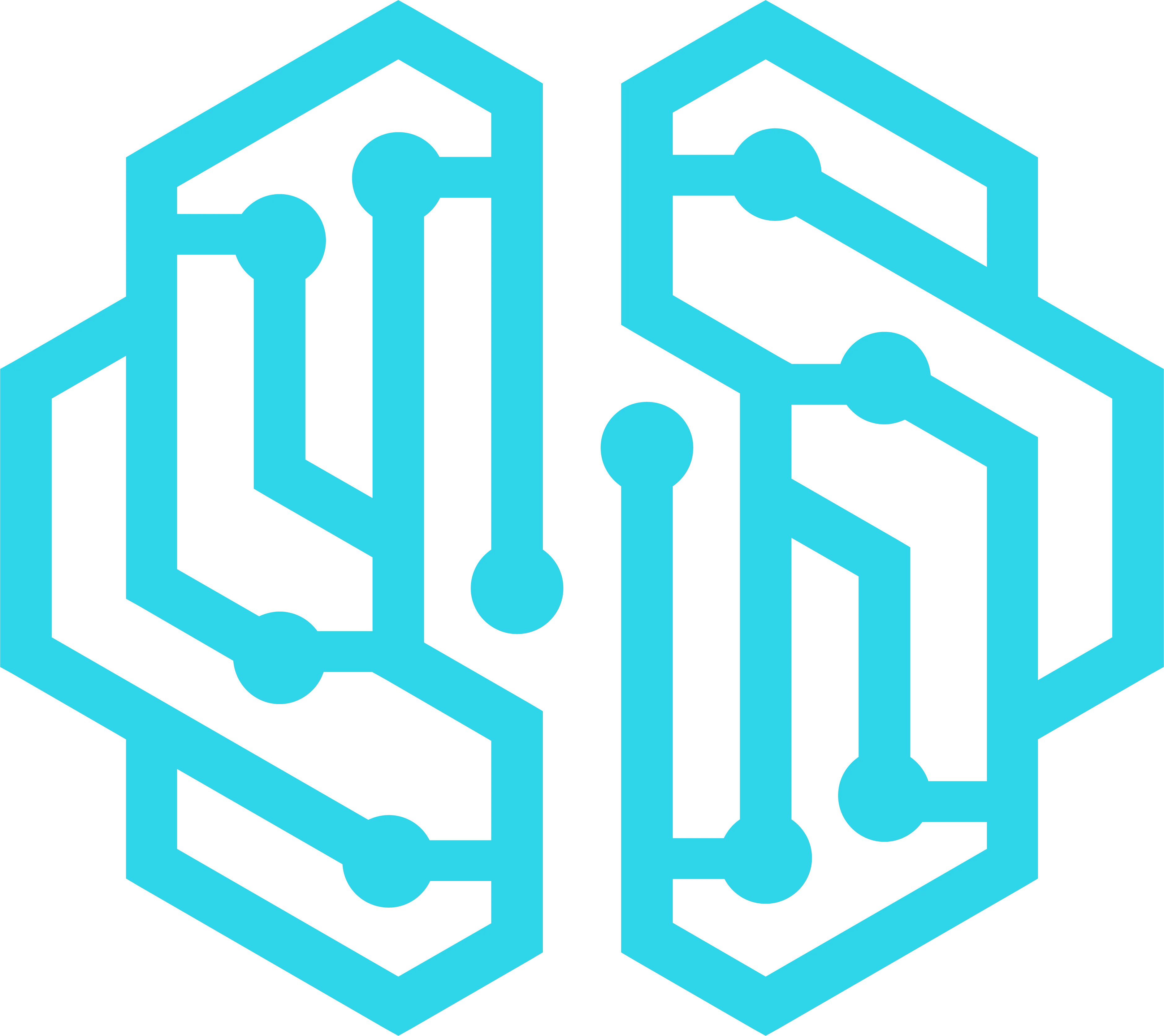Frequently Asked Questions
Optimise Your Brain = Optimise Your Life
Neurotherapy Australia was established in 2022. Focused on making Neurotherapy accessible to those needing it the most, we partner with therapists and coaches to work together in bringing Neurotherapy into homes all over the country.
Let's answer some of your core questions...
What is Neurofeedback?
Neurofeedback is a non-invasive method that aims to regulate brain function by providing real-time feedback on brainwave activity.
How does neurofeedback work?
Neurofeedback works by monitoring brainwave patterns and providing immediate feedback to help individuals self-regulate and optimise their brain function.
What conditions does Neurotherapy Australia mainly work with?
We mainly work with conditions such as ADHD, anxiety, depression, PTSD and autism.
Is neurofeedback scientifically proven?
Yes, there is scientific evidence supporting the effectiveness of neurofeedback for various conditions, research is always ongoing. Our suggestion to everyone is to do your own research on the condition(s) you're interested in working on and search for papers relating to this. There are many research facilities worldwide studying the effectiveness of neurofeedback.
Are there any risks or side effects associated with neurofeedback?
Neurofeedback is generally considered safe, with minimal side effects such as mild headaches or fatigue in some cases. We work closely to monitor if this occurs and take steps to minimise this from occurring.
How long does a typical neurofeedback session last?
Our typical neurofeedback sessions usually lasts around 12 to 20 minutes, depending on the individual and their conditions.
How many sessions are usually needed to see results?
The number of sessions needed to see results varies individual to individual, but often we are wanting to begin to see results within the first month of trainings.
Is neurofeedback suitable for children?
Our trainings are suitable for children, but we mainly begin our sessions from 8 years old+.
What equipment is used in neurofeedback sessions?
Neurofeedback equipment includes a headset and an external electrode that we use to run targeted trainings, depending what is found in your sqEEG.
Can neurofeedback be done at home?
Yes, the advantage of Neurotherapy Australia is that we can ship you the headset and external electrode, and we run you through training on fitting the headset and if the electrode is being used, we show you how to find the targeted area on your head. This can be done by the individual undergoing the training, or a parent or caretaker.
Are the effects of neurofeedback long-lasting?
Neurofeedback effects can be long-lasting, though maintenance sessions may be recommended for sustained benefits.
What are some of the conditions Neurofeedback is good for?
1. Attention Deficit Hyperactivity Disorder (ADHD)
2. Anxiety disorders
3. Depression
4. Emotional dysregulation
5. Focus & attention
6. Autism spectrum disorders (ASD)
7. Insomnia
8. Migraines
9. Post-Traumatic Stress Disorder (PTSD)
10. Traumatic Brain Injury (TBI)
11. Obsessive-Compulsive Disorder (OCD)
12. Addiction
13. Schizophrenia
14. Bipolar disorder
15. Learning disabilities
16. Cognitive decline
17. Stroke rehabilitation
18. Tourette syndrome
19. Fibromyalgia
20. Chronic fatigue syndrome
21. Conduct disorder
22. Oppositional defiant disorder (ODD)
23. Irritable bowel syndrome (IBS)
24. Tinnitus
25. Substance use disorders
26. Conduct disorder
27. Eating disorders
28. Phobias
29. Premenstrual syndrome (PMS)
30. Chronic stress
31. Mild cognitive impairment (MCI)
32. Borderline Personality Disorder (BPD)
33. Parkinson's disease
34. Multiple sclerosis (MS)
35. Aggressive behaviour
36. Panic disorder
37. Anger management
38. Social anxiety disorder
39. Seasonal affective disorder (SAD)
40. Chronic pain
How does neurofeedback differ from traditional therapies?
Neurofeedback differs from traditional therapies by directly targeting and training brainwave patterns.
Are there specific brainwave patterns targeted in neurofeedback?
Specific brainwave patterns, such as beta, alpha, theta and delta, may be targeted in neurofeedback depending on the individual's needs and what is found in their sqEEG.
I have my therapies run through NDIS, can this be done with Neurotherapy Australia programs?
Yes, and as we don't only offer Neurofeedback, we also look at your goals and health conditions and take all these into account when designing you a personalised program. We can plan this with you and also with your Occupational Therapist, Support Coordinator or your Plan Manager, assuring that we are in-line with your overall plan.
Are there any age restrictions for undergoing neurofeedback?
Neurofeedback can be used across all different age groups, but we begin our trainings from ages 8 and above.
Can neurofeedback be combined with other treatments?
Neurofeedback can be combined with other treatments like medication or counseling for a comprehensive approach.
What research supports the efficacy of neurofeedback?
What we suggest to all our clients prior to coming in for their initial assessment is to do their own homework. We are happy to direct people to certain studies, however a simple Google search most people are able to find plenty of studies showing the efficacy of neurofeedback.
Are there any lifestyle changes recommended alongside neurofeedback?
Yes, we like to take a holistic approach with everyone we work with. From monitoring sleep, water intake, nutrition, exercise, meditation practices, goals setting amongst other things.
© 2025 Neurotherapy Australia - All Rights Reserved.
